How a Student Daily Planner Can Simplify Homeschooling
Homeschooling comes with incredible flexibility, you can tailor each day to your student’s pace, interests, and learning style. But without structure, it’s easy for days to feel scattered. Lessons get skipped, priorities shift, and progress can stall.
A student daily planner brings order to the chaos. More than just a calendar, it becomes a powerful tool for building routines, tracking growth, and staying on track. Used consistently, it supports both students and parents and turns homeschooling into a more manageable, rewarding experience.
Why Structure Matters in Homeschooling
Homeschooling thrives with flexibility but structure is what gives that flexibility purpose. Without a daily plan, some subjects can take up too much time while others fall behind. Tasks slip through the cracks, and students may start each day unsure of what to do.
A planner provides direction. It sets daily goals, balances subjects, and brings predictability to the school day. Instead of guessing what’s next, students open their planner and follow a plan. This builds confidence and a sense of control over their learning.
Choosing the Right Academic Planner
The best student planners support your homeschool style whether that’s structured, freeform, or a mix of both. Look for one with:
-
Daily and weekly spreads to plan and reflect
-
Dedicated space for subjects and assignments
-
Checklists and habit trackers for goal setting
-
Notes pages for extra ideas, reading logs, or reflections
Durability also matters. Your planner should withstand daily use, being carried from kitchen tables to co-op classes and everywhere in between.
You can shop all of bloom's teacher planners here.
Setting Up the Planner for Success
Before diving into lesson planning, take time to get familiar with the layout of your planner. Use sticky notes or color-coded tabs to mark important sections like daily schedules, assignment pages, or project logs.
Start by filling in recurring subjects or weekly themes. Then, block out any known events—field trips, vacations, or holidays. A quick monthly overview can give context, while daily pages provide space for detail.
Encourage students to personalize their planner too. Add doodles, quotes, or goal stickers. Making it their own helps them stay engaged.
Organizing Lessons and Assignments
Homeschooling often means juggling multiple subjects, activities, and learning styles. A planner helps fit everything into one place, making it easy to see what needs to be done each day.
Break assignments into small, manageable steps. Instead of “write a history report,” the planner might say “research topic” on Monday, “write outline” on Tuesday, and so on. This reduces overwhelm and helps prevent procrastination.
Parents benefit, too. With everything laid out in advance, there’s less last-minute scrambling. It’s easier to check in on progress and adjust as needed.
👈 Shop bloom's Vision Planners here.
Tracking Progress and Milestones
Unlike traditional schools, homeschoolers don’t always have built-in report cards or benchmarks. A planner makes it easier to see growth and celebrate accomplishments.
Use it to log completed lessons, track mastered skills, or reflect on learning wins. Over time, these records show how far your student has come and highlight where they may need more support.
Small wins add up. Whether it’s finishing a book, mastering multiplication, or sticking to a schedule for a full week, checking off tasks builds momentum and pride.
Building Time Management and Independence
A student planner isn’t just about schoolwork, it’s about teaching responsibility. By checking their planner, managing their workload, and following a schedule, students build independence.
At first, younger learners may need guidance. But over time, they’ll start planning their own days, setting priorities, and solving scheduling problems on their own.
Time management is a lifelong skill. Learning how to organize a to-do list now helps with everything from college deadlines to future jobs.
Balancing School and Personal Growth
Homeschooling isn’t all academics. A well-used planner makes space for the whole child: mental, physical, and emotional well-being included.
Use your planner to schedule time for hobbies, fitness, creative projects, or family outings. By writing it all down, you can create a rhythm that prevents burnout and keeps learning joyful.
Students can also set and track personal goals like learning an instrument, reading a certain number of books, or developing new skills. These non-academic wins build confidence and make learning feel more meaningful.
Reducing Stress for Students and Parents
When everything’s scattered, stress builds. A planner gives the brain a break—it moves all the to-do’s from your head onto paper.
Parents no longer need to give constant reminders. The planner holds the day’s plan, and students know where to check. If something’s missed, it’s easy to spot and catch up.
With less chaos, both students and parents feel more at ease. Homeschooling becomes smoother, more consistent, and more enjoyable.
Final Thoughts
A student daily planner isn’t just a school supply, it’s a homeschool essential. It provides structure, encourages responsibility, and supports progress. With the right setup and a little consistency, it makes homeschooling feel less overwhelming and more empowering.
At Bloom Daily Planners, we design student planners with the needs of homeschoolers in mind - thoughtfully structured, engaging, and easy to use. With the right tools, every student can thrive and every homeschool day can feel more organized and inspired.


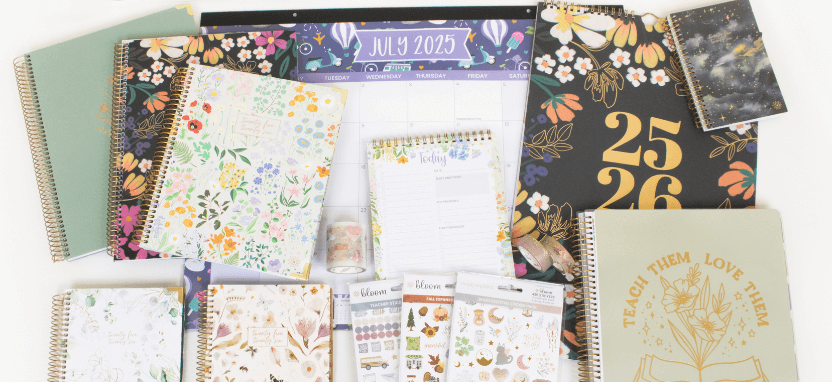
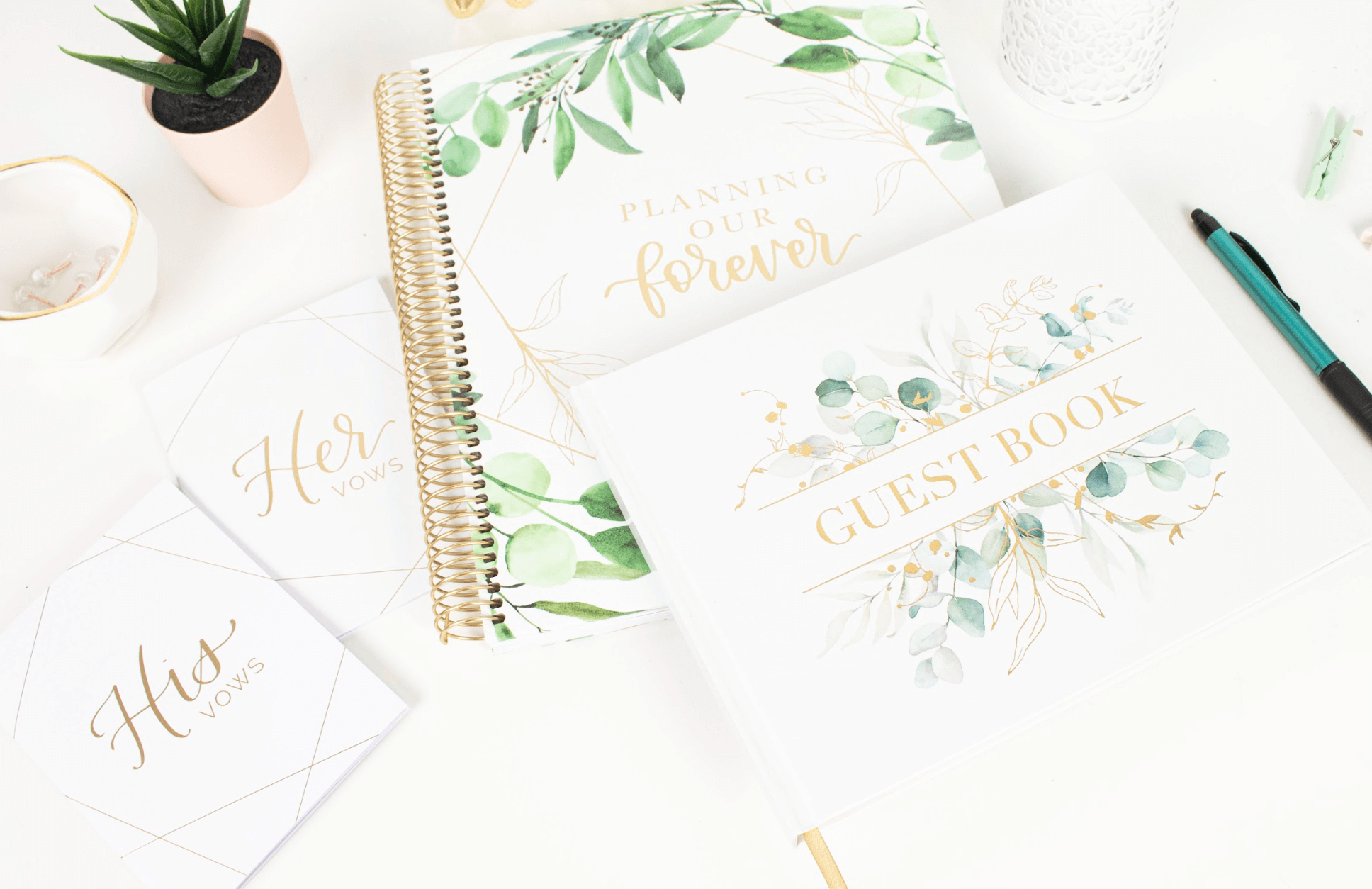
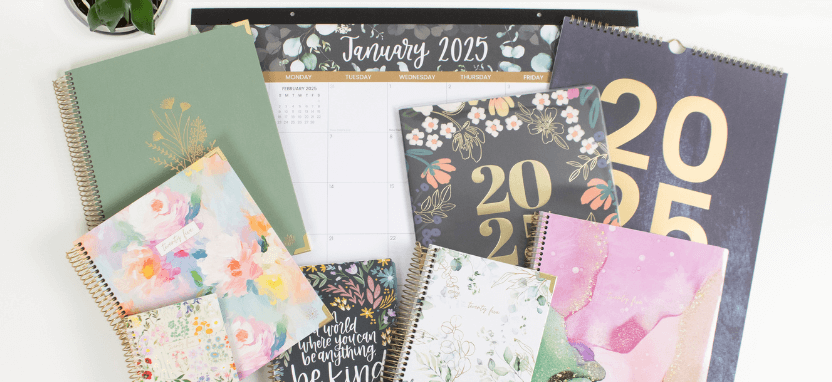

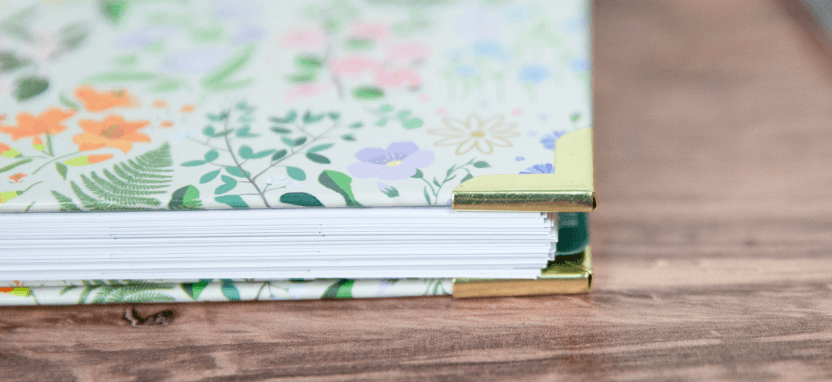
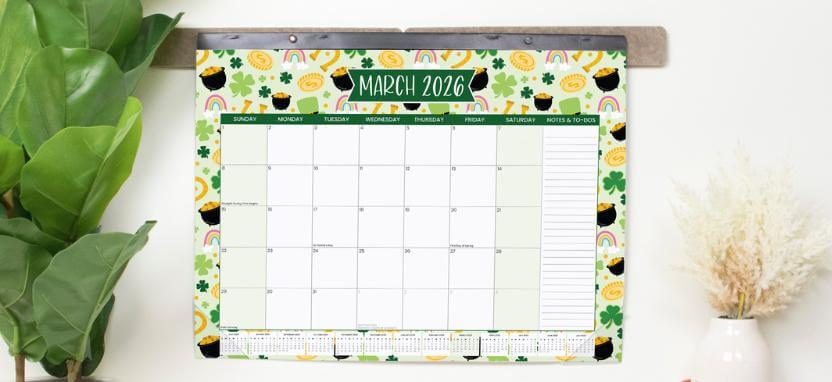

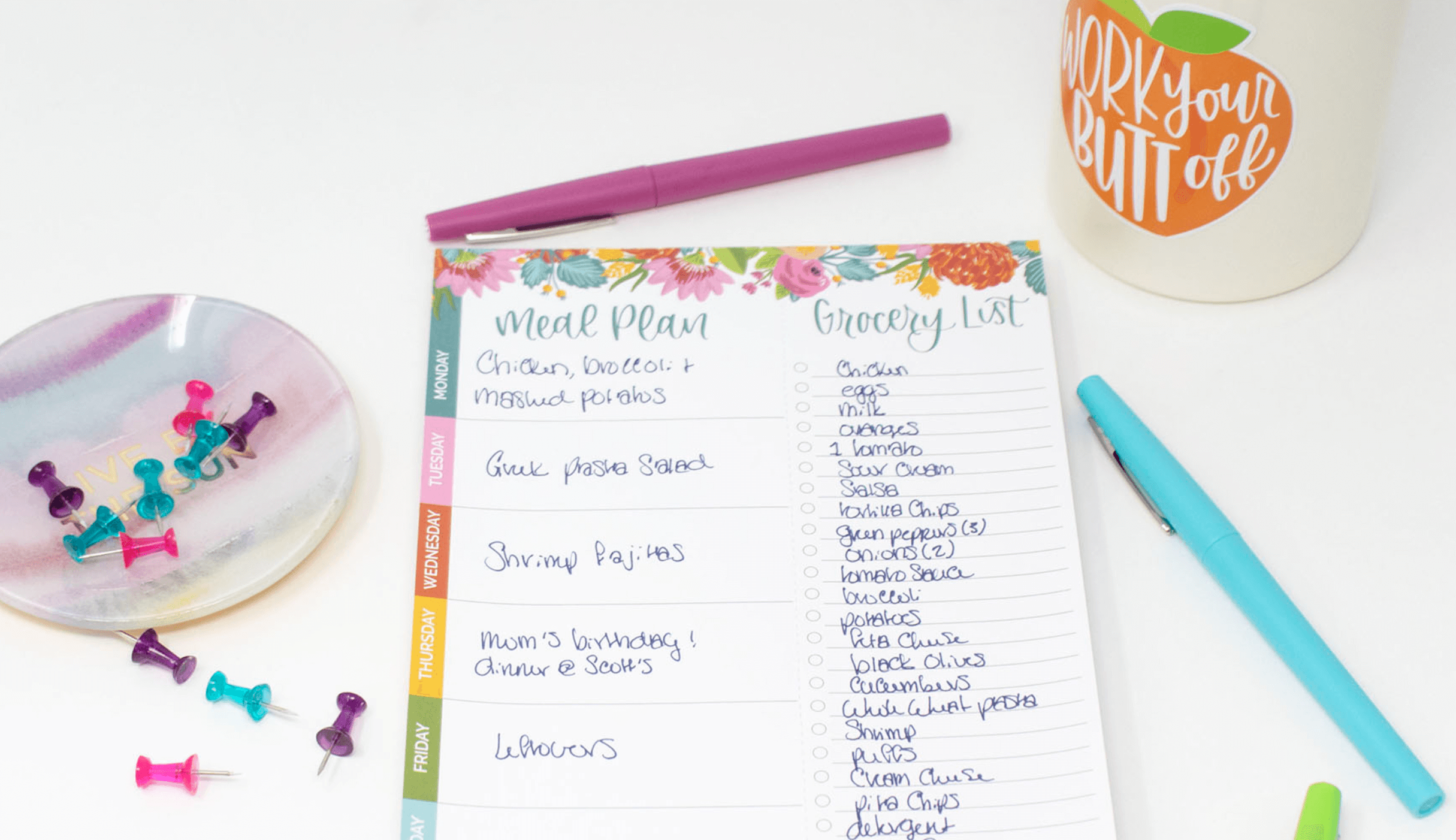
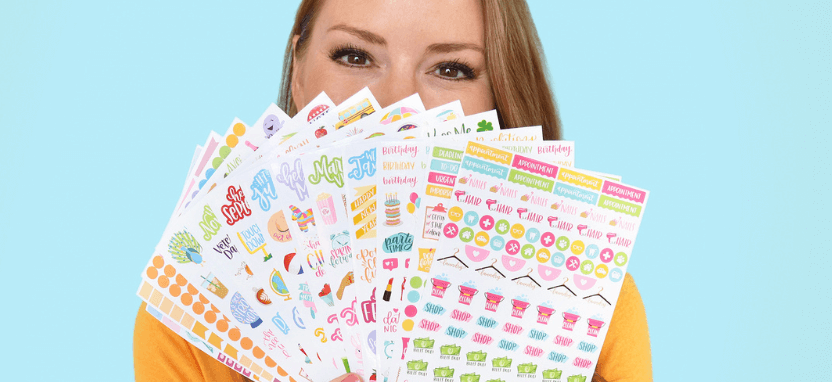
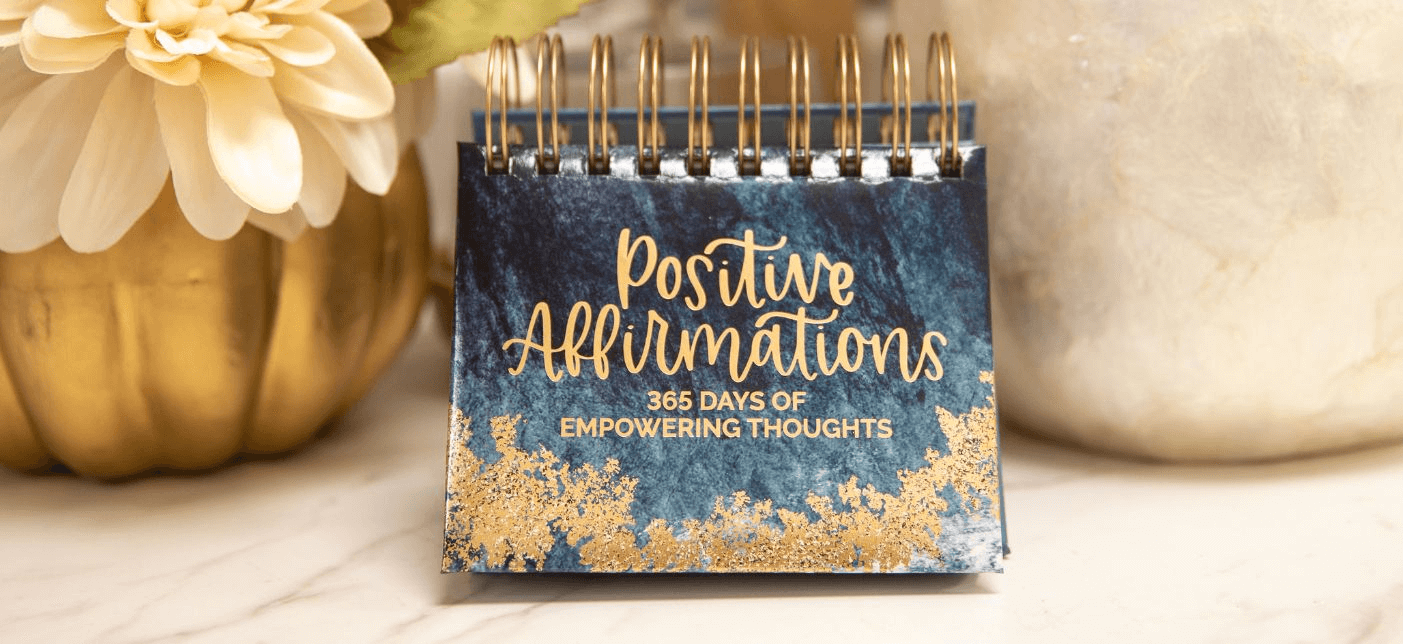
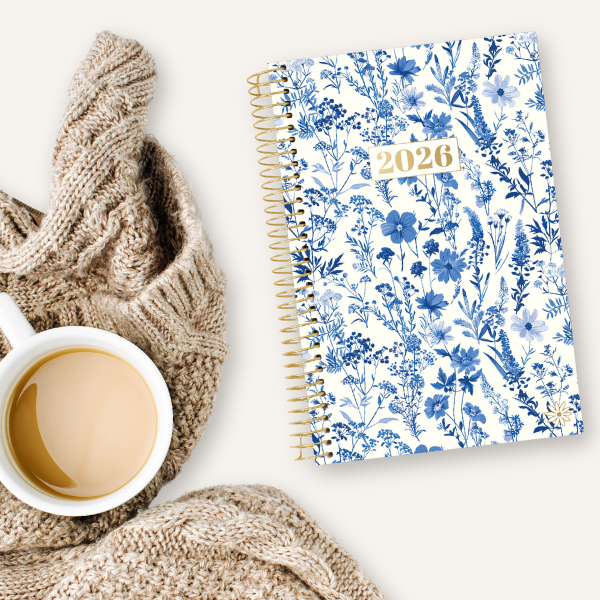

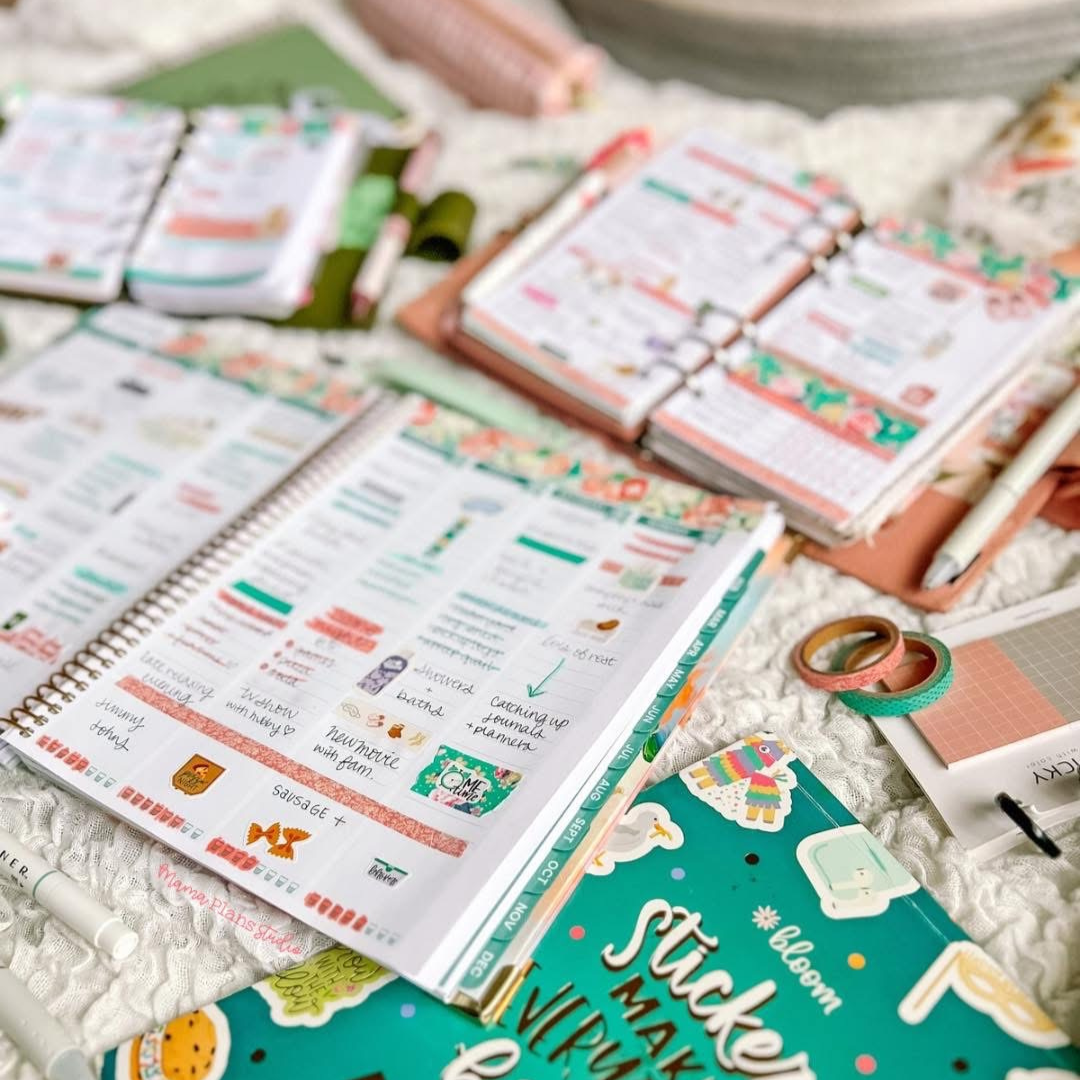
Leave a comment